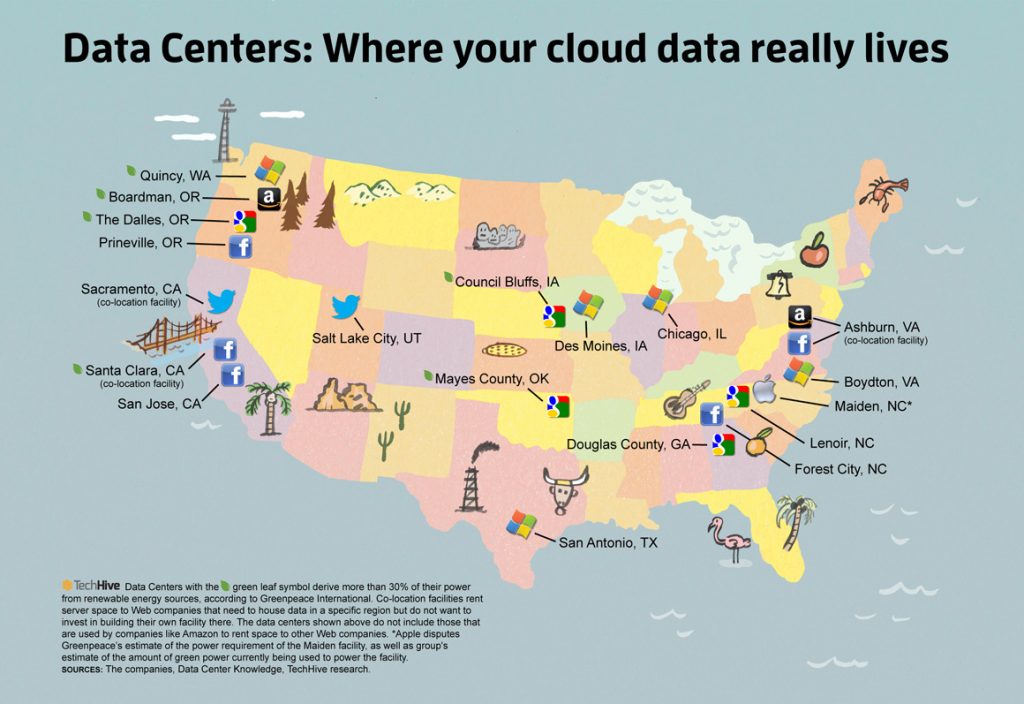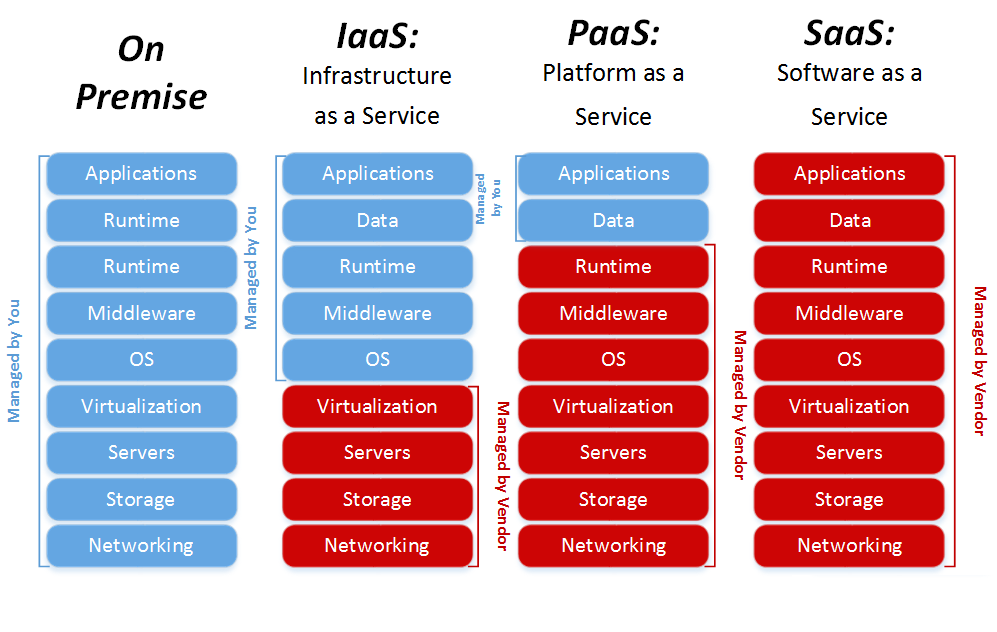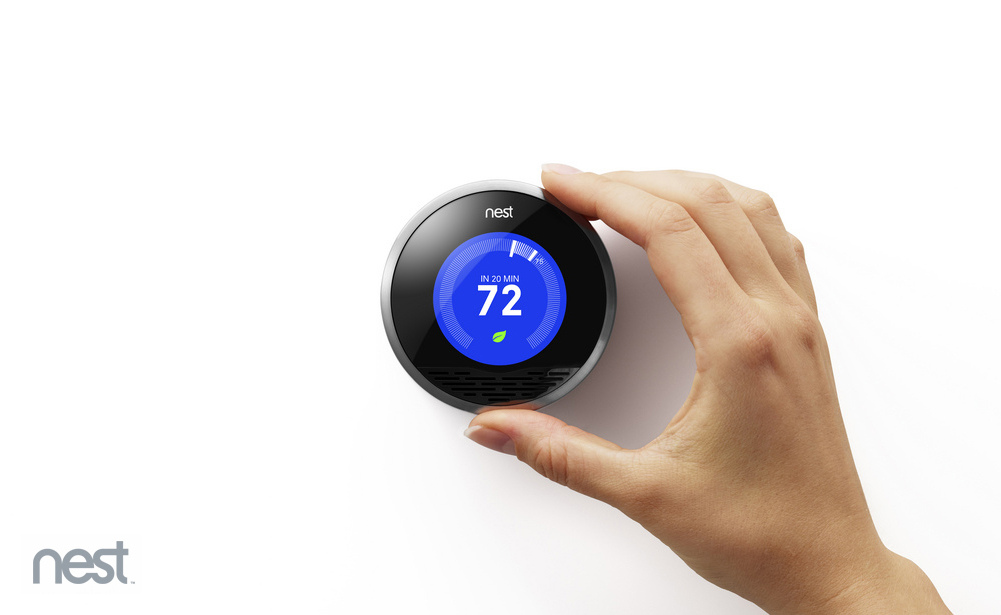
What to watch for
After completing this lesson, you’ll be able to:
- Define the Internet of Things
- Describe various use cases for the Internet of Things
The Internet of Things (IoT) is another one of those tech terms that has long been thrown about but is rapidly finding its way into everyday life. It’s kind of like that Hemingway quote about how one goes bankrupt: gradually, then suddenly. Let’s get started, first with these two not-amazing-but-pretty-helpful-especially-if-you-watch-them-sped-up 1 videos:
Required readings:
📚 “A Guide to the Internet of Things” by Intel
(674 words / 4-5 minutes)
Mostly an infographic, kind of a non-video version of the videos above. Two quick quotes about the astounding pace of IoT growth:
- “Our IoT world is growing at a breathtaking pace, from 2 billion objects in 2006 to a projected 200 billion by 2020. That will be around 26 smart objects for every human being on Earth!”
- “By 2025, the total global worth of IoT technology could be as much as USD 6.2 trillion—most of that value from devices in health care (USD 2.5 trillion) and manufacturing (USD 2.3 trillion).”
📚 “Internet of things“, Wikipedia
(10,381 words / 52-58 minutes)
Can you believe it? Our last Wikipedia reading for the class! Let’s not get all sentimental. Instead, let’s get straight to business:
- As usual, a solid top-level definition: “The internet of things (IoT) is the network of physical devices, vehicles, buildings and other items—embedded with electronics, software, sensors, actuators, and network connectivity that enable these objects to collect and exchange data. In 2013 the Global Standards Initiative on Internet of Things (IoT-GSI) defined the IoT as “the infrastructure of the information society.” The IoT allows objects to be sensed and controlled remotely across existing network infrastructure, creating opportunities for more direct integration of the physical world into computer-based systems, and resulting in improved efficiency, accuracy and economic benefit.”
- Wikipedia’s sources are a bit more pessimistic than Intel about IoT device growth, pegging its 2020 estimate at between 20 billion (Gartner) and 50 billion (Cisco). Maybe Intel needs to calm down a bit?
- RFID (radio-frequency identification) is a fascinating bit of the IoT ecosystem. Be sure to read about it until you understand the basics well.
- “The concept of a network of smart devices was discussed as early as 1982, with a modified Coke machine at Carnegie Mellon University becoming the first internet-connected appliance, able to report its inventory and whether newly loaded drinks were cold.” Coke has continued its technology leadership—today’s Freestyle machines are pretty fascinating from an IoT perspective.
- Continuing a trend we’ve seen in this course, the “Applications” section of this article is fascinating reading.
- The “Technology Roadmap” in the “Trends and Characteristics” section is worth a close look. We’re pretty well on target with this chart created in 2008. 2
- The “basket of remotes” section underlines just how essential developing and agreeing on standards will be for the large-scale success of the IoT.
- The “Enabling technologies for the IOT” section is a pretty good read if you want to get a sense of the vocabulary IoT nerds use when arguing with each other.
- Perhaps even more so than for other articles, the “Criticisms and controversies” section is worth a read since IoT system issues affect the physical world around us. Think about a service outage keeping an IoT-enabled baby monitor from functioning for just one example.
- Though not included in this article, I absolutely love the term “the Internet of Heavier Things” to refer to industrial-scale deployment (e.g. in manufacturing, energy) of IoT devices.
Non-required readings
“Recycling Rises After UGA Installs New Solar Receptacles” by Evelyn Andrews
Double fun: an article about the IoT in Athens—that was written by a former NMI student! Hopefully you’ll think of the IoT every time you pass one of these bins on campus now.
“Six Degrees of Nest” by John Weatherford
A fun cap on our learnings this semester—enjoy!
Discussion Questions
- Do you own / have you used any consumer IoT devices? Is there any particular IoT device that you’d like to own?
- Now that you’ve finished this lesson, think about whether you’ve used / encountered any large-scale (city-wide, etc.) IoT devices.
- Does the IoT scare you? Excite you? Bore you? A little bit of each? Share.
- Think about your daily life 10 years from now. How might it be different due to developments in the IoT?
Words on / reading time for this page: 750 words / 4-5 minutes
Words in / reading time for required readings: 11,055 words / 56-63 minutes
Total words in / reading time for this lesson: 11,805 words / 60-68 minutes
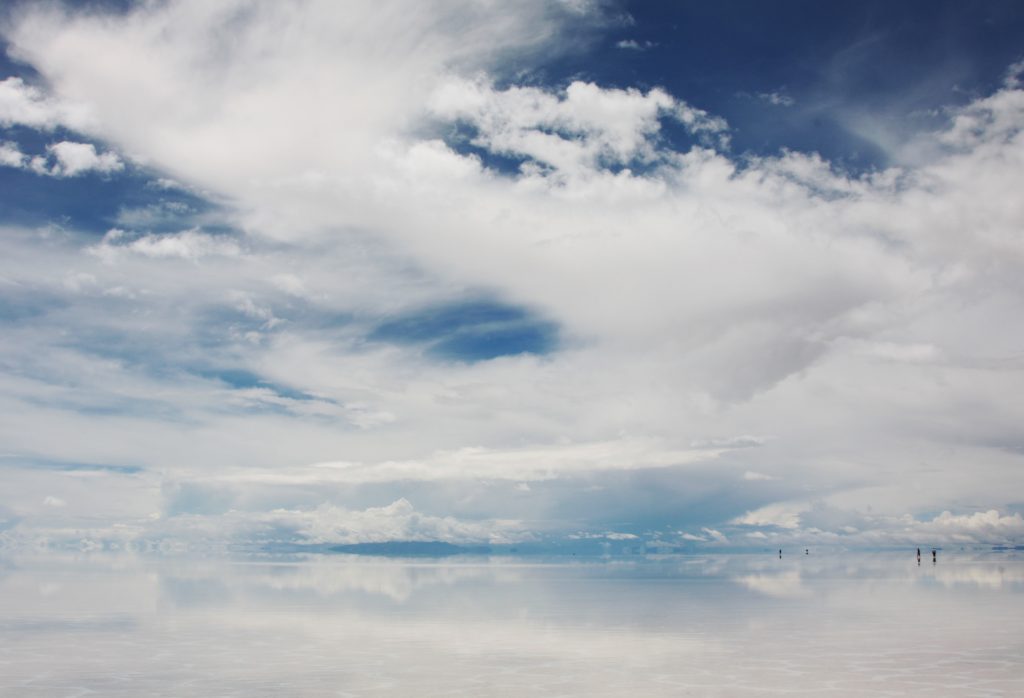
What to watch for
After completing this lesson, you’ll be able to:
- Define cloud computing
- Describe what differentiates big data from regular old data ?
- Discuss the importance and application of the cloud and big data in various fields
- Develop and apply an understanding of how to use Wikipedia appropriately in academic settings
The Cloud
Let’s start here:
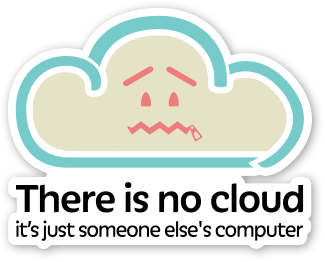
It’s true! Well, mostly. It’s a bunch of other computers working together in a complicated way, but yeah, that’s the basic idea.
Let’s dive in.
Required readings
📚 “Cloud through the ages: 1950s to present day“, Thoughts on Cloud
A fun infographic highlighting some of the key dates / events in the evolution of cloud computing. Probably a good idea to go back through this graphic again after you’ve read everything else here. A few dates of particular important:
- Salesforce.com launching in 1999 really marked the advent of the Software as a Service (SaaS) model, a key offering of cloud computing.
- The launch of Amazon Web Services3 in 2006 made cloud computing to a dramatically larger audience.
- Apple’s iCloud service launches, further cementing the cloud’s place in the general public’s tech vocabulary.
📚 “The Beginner’s Guide to the Cloud” by Jess Fee
(925 words / 5-7 minutes)
A great way to ease into what’s admittedly a fairly technical topic even for this class. As you’re thinking through this concept of “networks of servers”, this map of data centers showing where “the cloud” is actually located might help:
📚 “Cloud computing“, Wikipedia
(6,912 words / 35-42 minutes)
I know, I know. Another topic, another Wikipedia article, right? But—they’re really so very good for general overviews of broad topics!4 Things to note:
- You need to be able to understand (at least fairly well) every word of this introductory paragraph:
Cloud computing is a kind of Internet-based computing that provides shared processing resources and data to computers and other devices on demand. It is a model for enabling ubiquitous, on-demand access to a shared pool of configurable computing resources (e.g., networks, servers, storage, applications and services),[1][2] which can be rapidly provisioned and released with minimal management effort. Cloud computing and storage solutions provide users and enterprises with various capabilities to store and process their data in third-party data centers.[3] It relies on sharing of resources to achieve coherence and economy of scale, similar to a utility (like the electricity grid) over a network.
- The discussion of the origin of the term “cloud” is pretty fun, in a nerdy way.
- The concept of distributed access to pooled computing resources and data arose in the early days of computer networks (along with ARPANET), but it took many decades for the necessary infrastructure to develop.
- Spend a good bit of time familiarizing yourself with the “Characteristics” section—this does a pretty solid job of explaining why the cloud has succeeded.
- Also spend some time understanding the various service models (Saas, PaaS, and IaaS). To understand these well 5, you’ll have had to have paid pretty good attention to “What is Code?”. This graphic may help:
- Don’t worry too terribly much about the “Deployment models” section.
📚 “What Every CEO Needs to Know About the Cloud” by Andrew McAfee
(4,014 words / 21-26 minutes)
Unless this piece particularly interests you, you can skim through it until you get to the section called “The Skeptics’ Concerns”. This section is why I included the article—it gives you a good dose of reality to counterbalance all the “the cloud is amazing!” sentiment present in some of our other readings.
Non-required readings
Map of the Internet by Quartz
A great interactive resource. All the articles are worth reading, but especially check out numbers 1, 2, and 6.
Discussion Questions
- Explain the understand of the cloud you had before this lesson.
- Spend some time discussing all the various ways you interact with the cloud on a daily basis.
- Talk about some of the potential downsides of the cloud, especially if they’ve ever impacted you personally.
- How do you feel about the phrase “if you’re not paying for the product, you are the product”? It’s fair to say most if not all of us make this trade-off in various ways and to various extents. Where do you fall on that spectrum?
Words on / reading time for this page: 1,093 words / 6-8 minutes
Words in / reading time for required readings: 19,115 words / 98-109 minutes
Total words in / reading time for this lesson: 20,294 words / 104-117 minutes
You do know you can adjust the playback speed of YouTube videos, right?↩
Way to go, humanity!↩
There are going to be a lot of acronyms in this lesson—brace yourselves.↩
Also, I’ve been meaning to say this for a while, but I’ll say it here: Wikipedia is pretty darn reliable, especially if you learn how to use it properly. How do you use it properly? Well, first, you evaluate it critically, just like any other source. Then, you understand that anyone can edit it at any time, so you do need to exercise a bit of caution. But, you should also understand that there are quality control mechanisms built in (though these have their own issues, but that’s a topic for another day). Finally, any Wikipedia article worth its salt should have an extensive list of sources for its claims, and you should always verify anything important / controversial / etc. in a Wikipedia article through its source before relying on it too heavily. With that off my plate, back to our regularly scheduled programming!)↩
Don’t worry about understanding them absolutely perfectly↩
